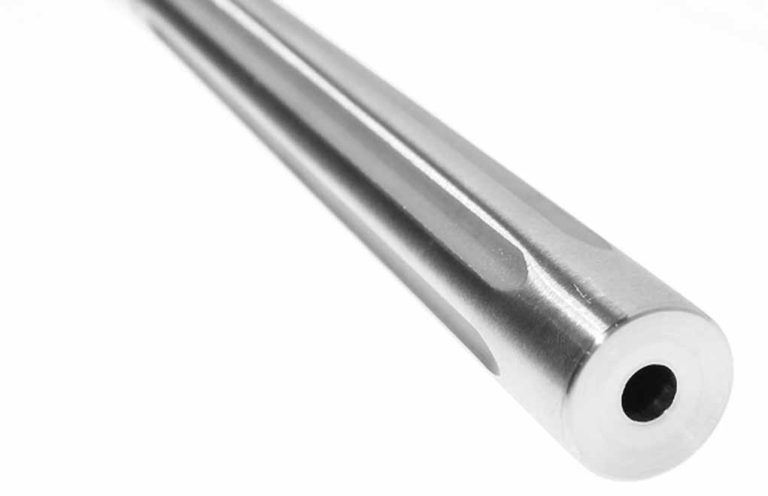
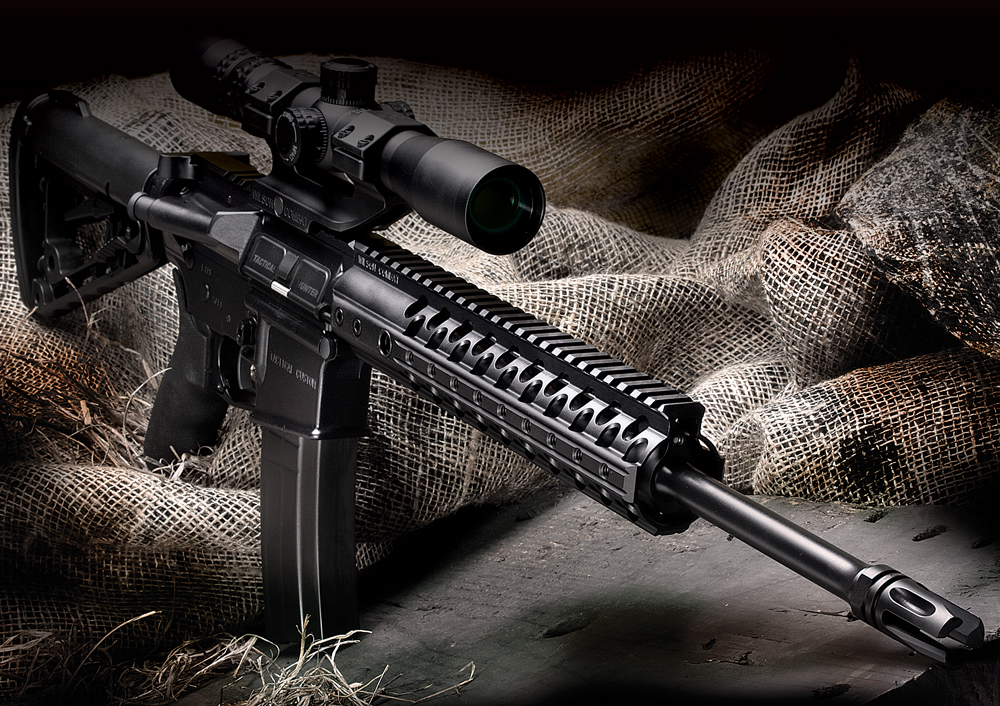
From nimble shorties to far-ranging match options, these 6.8 SPC barrels are at the head of the class.
What Are The Best 6.8 SPC Barrels:
- Daniel Defense 16-Inch Mid-Length
- Proof Research 18-Inch Carbon Fiber
- Bison Armory 22-Inch Heavy Stainless Target
- Wilson Combat 11.5-Inch Match Grade
Always a bride's maid, never a bride. For those who’ve tracked the progression of the 6.8 SPC (Special Purposes Cartridge) that fairly sums up the intermediate cartridge’s military experience. Even some 16 years after its introduction, the Army still flirts with the 6.8, gets hopes up, then fades back into the scenery leaving the cartridge—and its devotees—in limbo. Maybe someday.
Even without its name etched in military lore, the 6.8 SPC has more than proven itself an adept addition to the AR-15 family. Delivering more energy and poking larger holes than the demure 5.56 NATO, the squat .270-caliber improves on the small-bore’s terminal performance. Considerably so. A fact many hunters have come to grasp. Additionally, it can fly with the best of them. Sure, a 6.5 Grendel bullet of comparable weight edges the 6.8 SPC in ballistic coefficient (BC), but their trajectories and range track much closer than most think.
This all leads up to, why don’t you have a 6.8 SPC in your arsenal? Certainly, there are ample 6.8 SPC uppers and complete rifles available by some to the top names in firearms. The addition is simple as slapping down your hard-earned cash and taking one home. Though, if a gun just isn’t a gun unless it has your time, effort, blood, sweat and tears incorporated, there are more humble ways to jump into the cartridge. By this, we mean a complete build and at its heart a quality 6.8 SPC barrel.
Ground Floor Of A 6.8 Build
There are a couple of points to keep in mind before jumping into a complete 6.8 build. While not Gorgon-Knott complicated, it’s a few steps out of the ordinary compared to say, scratching together a 5.56 or 300 Blackout.
You can thank the .30 Remington for this.
The parent case of the 6.8 SPC, the .30 Remington—essentially a now-defunct rimless .30-30 Winchester—is larger in diameter than the 5.56 family of cartridges. In particular, its case head. Whereas the 5.56 and its lineage have heads .378 inch in diameter, the 6.8 is a more rotund .422 inch, which doesn’t play nice with one main AR component—the bolt. Luckily, there are many fine options available from companies who’ve remained dedicated to the SPC from the start. The likes of the APR Superbolt, and other specially designed 6.8 bolts are worthwhile components, designed not only for flawless performance but longevity.
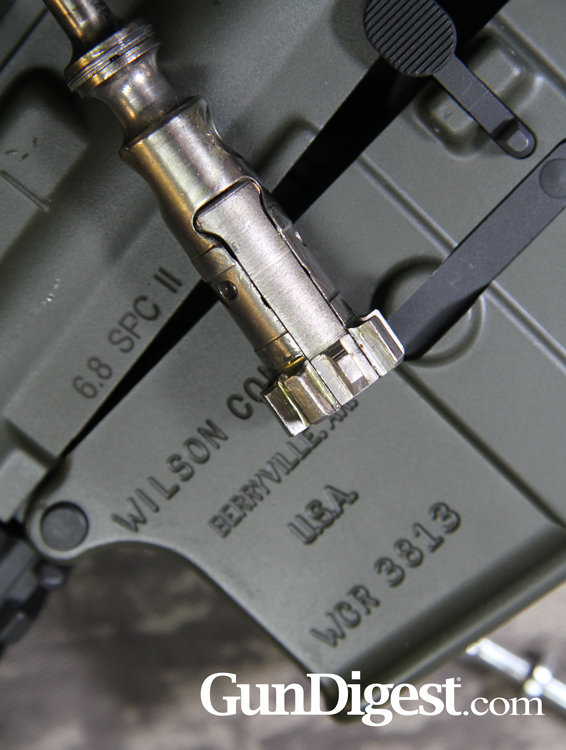
Less dramatically, the other aspect that requires special investment is magazines. More than one internet expert will claim plain old PMAGs and the like will cut muster. True enough, you can shimmy the cartridges in and likely they feed … for a while. Sooner or later, you’ll find this is a weak-link strategy.
Designed for a smaller case diameter, the magazines do not stagger SPC cartridges properly, thus do not feed them properly. Which is to say, you’re tinkering with a failure going this route. Fine if you live to clear malfunctions, but the rest of us enjoy shooting. Even if the magazine feeds perfectly, they’ll ware out sooner. Just resign yourself to buying 6.8 magazines.
Star Chamber
If you’re tinkering with building an AR from the ground up, likely you know the difference between a 6.8 SPC and 6.8 SPC II. Though, just to cover all the bases we should spill a smattering of digital ink on the subject.
While the “II” seems to connotate a different cartridge, it refers to chamber design. The cartridge is the same, at least dimensionally.
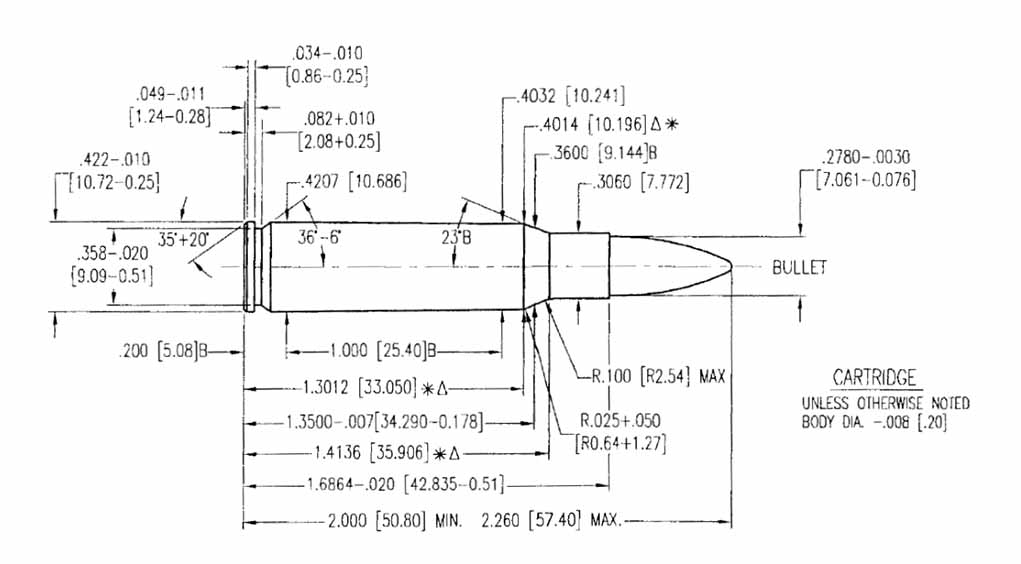
We won’t get into all the particulars of why the chamber required redesigning and why the flawed design is the one sanctioned by the Sporting Arms and Ammunition Manufacturers’ Institute (SAAMI). If you want the whole sorted affair, please read our history of the 6.8 SPC; otherwise, accept this brief explanation—mistakes were made.
Anyhow, the difference between the SPC and SPC II is minute—.050 inch of lead—but makes all the difference in the world. In particular, the SPC II .100 inch of lead ensures there aren’t any dangerous pressure spikes and allows for cartridges to be loaded full strength. Though today the issue is fairly moot. Unless you’re buying a vintage gun, don’t expect to find any newly made 6.8 SPC options on the market. It’s a 6.8 SPC II world now and the roll marks on new barrels say as much.
Brief Note On Buyer’s Guide Stipulations
Overall, we’re aiming for “best in class” with this buyer’s guide, the crème de la crème of 6.8 SPC barrel. To this end, not only does this mean they boast the proper SPC II specs and optimal twist rate for barrel length. It also entails the barrels being made to the highest standards from the best possible materials. In many cases, this means these components demand top dollars. But the frontend investment pays off in long-run accuracy.
Get To Know The 6.8 SPC:
- Does The 6.8 SPC II Still Have A Place?
- 6.8 SPC VS 6.5 Grendel: Intermediate Cartridge Rumble
- 4 Top 6.8 SPC Upper Options To Level Up Your AR
- 6 Top 6.8 SPC Ammo Choices
- Challenging The 5.56 NATO: The LWRCI 6.8 SPCII
Best 6.5 SPC Barrels Money Can Buy
General Purpose: Daniel Defense 16-Inch Mid-Length
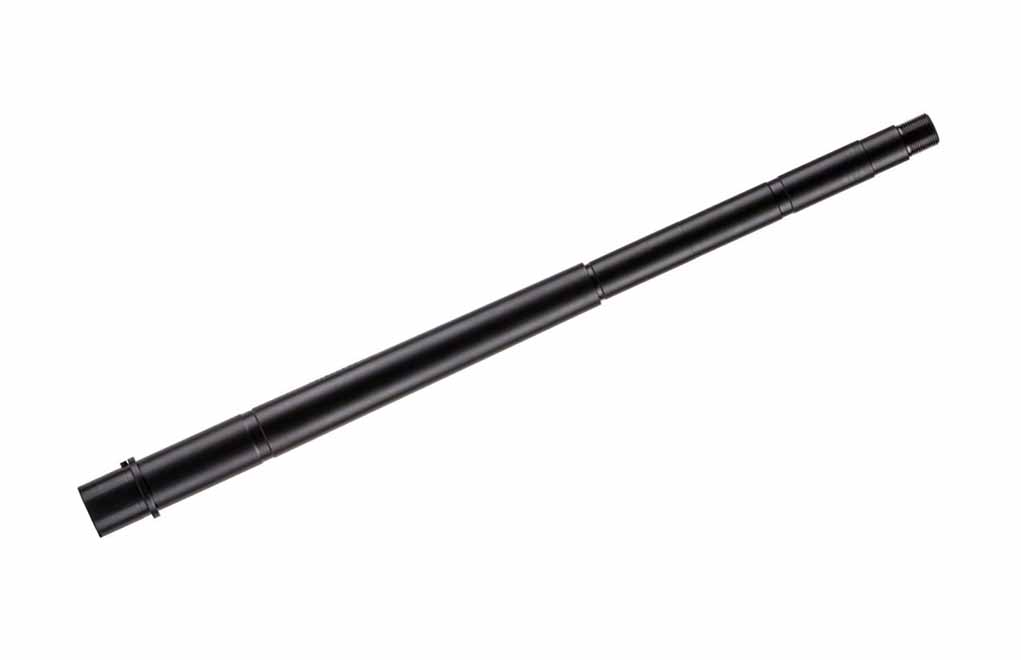
Despite a heavy-barrel profile, Daniel Defense’s 16-inch 6.8 SPC barrel is an excellent jack-of-all-trades. At 2.31 pounds, it’s a bit heavy, but not to the point it proves unwieldy when nimbleness is at a premium. Plus, the thick tube is a boon in precision work. Reining in the 6.8’s already polite recoil, the extra material also resists heat better than a thinner-profile barrels, thus negates barrel whip. In short, follow-up shots are on target.
Excellent strength to weight ratio, the cold-hammer forged chrome-moly-vanadium barrel takes abuse. And at 16 inches in length, crowns a true carbine-length build. Other notables include mid-length gas port, 5/8×24 TPI threaded muzzle, mil-spec heavy phosphate finish, 1:11-inch twist rate and chrome-lined bore. MSRP: $310; danieldefense.com
Hunting: Proof Research 18-Inch Carbon Fiber
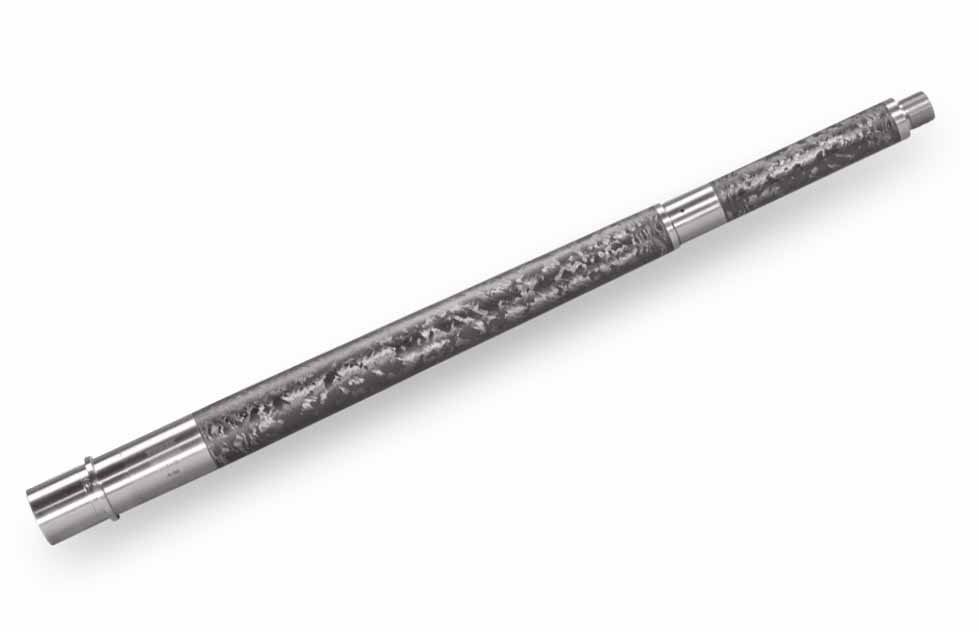
Vastly cutting down on the bulk of a build, Proof Research’s carbon-fiber wrapped 6.8 SPC barrels are top-notch hunters. We like the 18-inch option, given it milks a bit more velocity out of the cartridge, while not making for a bulky, sluggish gun. The tube tips the scales at 1.81 pounds, for crying out loud! Steel pistol-length options weigh in more.
Add in the strength and heat-resistance qualities inherent to carbon barrels and you have a package tailored for optimal performance in the field—particularly on a varmint or predator gun. The cut rifling in the stainless-steel barrel proper—a 1:11-inch twist—is flawless, and forms the bedrock of a match-grade tack driver. Other notables include a mid-length gas port and a 5/8×24 TPI threaded muzzle. MSRP: $920; proofresearch.com
Match: Bison Armory 22-Inch Heavy Stainless Target
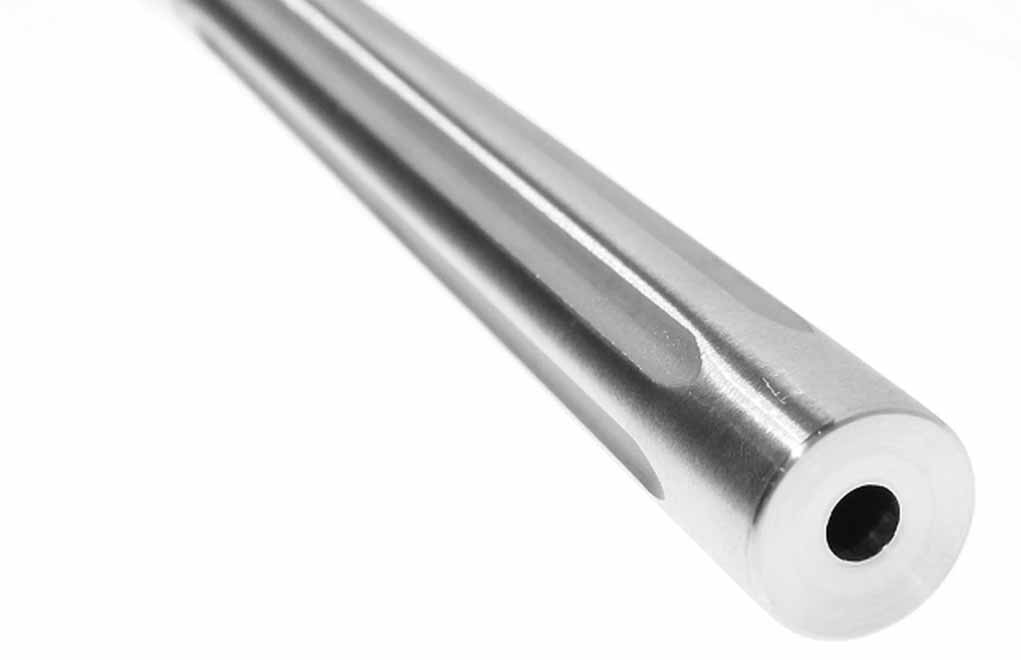
With the heft and length to squeeze every last bit of ballistic potential out of the cartridge, Bison Armory’s 6.8 SPC match barrel is a rarity in the caliber. But a welcome one.
Bison has a long history with the SPC and knows it inside out. It shows in some of the enhancements it’s made to the heavy barrel. Most notable, the button-rifled tube boasts a 1:10-inch twist rate, optimized for heavier bullets (120- to 140-grain range) with higher BCs. Additionally, Bison runs a rifle-length gas port that, along with the barrel's mammoth 3.4-pound weight, lends to precision build that run as fast. Though, if you desire, the company will flute the barrel, lightening it a hair.
However, the match-grade tube isn’t compatible with muzzle devices. Instead, it's cut with a target crown. MSRP: $250 unfluted, $300 fluted; bisonarmory.com
Short-Barrel: Wilson Combat 11.5-Inch Match Grade
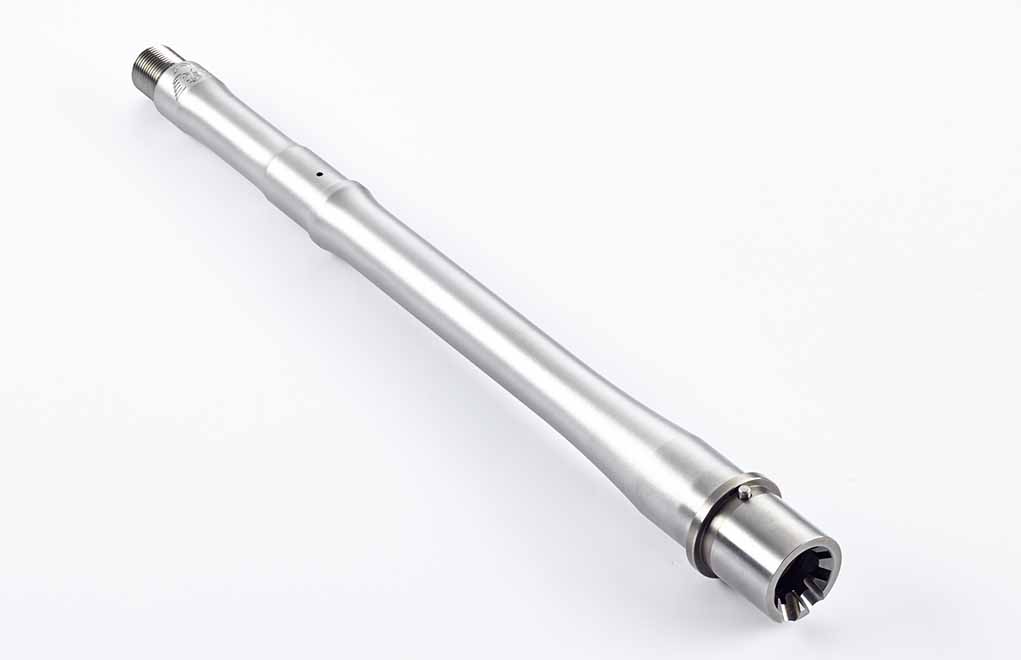
Simple and straightforward, Wilson’s match-grade shorty is ideal for creating the perfect 6.8 pistol or short-barrel rifle. (Do your paperwork if it’s the latter!).
As to the barrel itself, while there are shorter 6.8 SPC barrels available, given the cartridge's case capacity it tends to perform better with a little extra bore. At a minimum, expect less bark and muzzle flash, at no cost to nimbleness.
A Tactical profiled, the medium contour barrel resists overheating and gives a build a bit of forward weight to combat muzzle rise. Its thermal qualities are further enhanced by the use of stainless steel for the tube. Additionally, it runs a carbine-length gas system, thus it is a bit milder mannered. Other notables include bead-blasted finish, 5/8×24 threaded muzzle and 1:11-inch twist rate. MSRP: $230; wilsoncombat.com

Next Step: Get your FREE Printable Target Pack
Enhance your shooting precision with our 62 MOA Targets, perfect for rifles and handguns. Crafted in collaboration with Storm Tactical for accuracy and versatility.
Subscribe to the Gun Digest email newsletter and get your downloadable target pack sent straight to your inbox. Stay updated with the latest firearms info in the industry.

![Best Concealed Carry Guns In 2025 [Field Tested] Wilson Combat EDC X9S 1](https://gundigest.com/wp-content/uploads/Wilson-Combat-EDC-X9S-1-324x160.jpg)


![Best 9mm Carbine: Affordable PCCs [Tested] Ruger Carbine Shooting](https://gundigest.com/wp-content/uploads/Ruger-Carbine-Shooting-100x70.jpg)
![Best AR-15: Top Options Available Today [Field Tested] Harrington and Richardson PSA XM177E2 feature](https://gundigest.com/wp-content/uploads/Harrington-and-Richardson-PSA-XM177E2-feature-100x70.jpg)

Your pro chose the least accurate barrels as his first general purpose choice. If you read the SAAMI specs and check the barrels they barrels do not even meet the minimum bore area requirement and that is part of what killed the possibility of military adoption for the 6.8. The author should have visited http://www.68forums.com for information.
Dufus. It’s Gordian Knot, not Gorgon Knot. I love it when gun writers try to act edumicated.